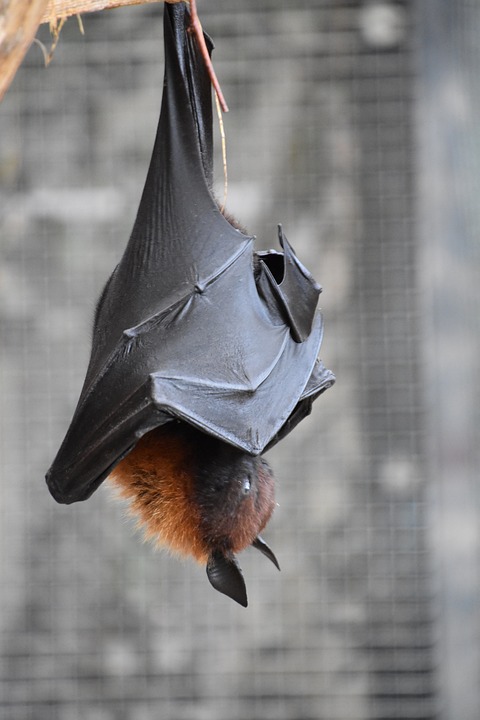Bats: The Original Night Flyers? Their Vision is More Sophisticated Than You Think
As the sun sets and the world slips into darkness, a group of winged creatures takes to the skies, using a unique combination of echolocation and visual acuity to navigate the night air. Meet the bats, the original night flyers, whose vision is more sophisticated than you might think.
A World of Darkness, A World of Sound
Bats are mammals, not birds, and unlike their feathered friends, they don’t rely on visual cues to fly. Instead, they use a complex system of sound waves to detect and locate prey, predators, and even obstacles in their path. Echolocation, the process by which bats emit high-frequency sounds and listen for the echoes that bounce back, is an unparalleled adaptation that allows them to thrive in the darkest of environments.
Visionary Skills
While echolocation is the cornerstone of bat navigation, their visual acuity is often overlooked. Contrary to popular myth, bats don’t see in complete darkness. In fact, many species have impressive visual abilities, with some even having a similar visual acuity to that of humans.
Take the flying fox, for example. With a wing span of up to 1.5 meters, this large fruit bat has exceptional low-light vision, thanks to its large eyes and reflective retinas. In fact, some scientists believe that flying foxes may be able to see objects as far away as 30 meters in low-light conditions.
Night Vision Enhancers
But how do bats’ eyes adapt to the absence of light? The answer lies in a variety of specialized features, including:
- Tapetum lucidum: A reflective layer in the back of the eye that helps to bounce light back onto the retina, enhancing low-light vision.
- Wide pupils: Allowing more light to enter the eye, even in low-light conditions.
- High concentrations of rod cells: These light-sensitive cells are better suited to detecting low levels of light than cone cells, which are responsible for color vision.
Flying in the Dark
So, how do bats manage to fly in the complete absence of light? The answer lies in their ability to combine echolocation with their visual skills.
As they take to the skies, bats emit a series of high-frequency sounds, which are beyond the range of human hearing. These sounds are directed forward, bouncing off objects in their path and returning as echoes. By processing these echoes, bats are able to build a mental map of their surroundings, allowing them to navigate even the darkest of environments.
Incredible Bat Facts
- The world’s smallest bat, the Kitti’s hog-nosed bat, weighs in at just 1.5 grams.
- Bats are responsible for pollinating and seed dispersal in many ecosystems around the world.
- The fastest bat on record is the Indian flying fox, which can reach speeds of up to 100 km/h.
- Bats are capable of flying in formation, with some species even coordinating their flight patterns to catch prey.
Frequently Asked Questions
Q: Can bats see in complete darkness?
A: While bats can’t see in complete darkness, their eyes are adapted to function in low-light conditions, and many species have impressive visual abilities.
Q: How do bats fly in the dark?
A: Bats use a combination of echolocation and visual skills to navigate and fly in the dark. They emit high-frequency sounds, which bounce off objects and return as echoes, allowing them to build a mental map of their surroundings.
Q: Are bats blind?
A: No, bats are not blind. While their visual acuity may not be as impressive as that of humans, many species have impressive visual abilities, and some can even see objects in low-light conditions.
Q: Can bats see colors?
A: Some bat species have color vision, but it’s not as complex as that of humans. Most bats rely on monochromatic vision, with some having a limited range of color perception.
Q: Are bats found only in caves?
A: No, bats are found in a wide range of environments, including forests, grasslands, and even urban areas. While some species do inhabit caves, many others can be found in a variety of different habitats.
Image:
A photograph of a flying fox in flight, its wings spread wide as it navigates through the night air. The image is dark, with the only light coming from the moon and the bat’s own reflective eyes. The background is a blurry expanse of trees, with the sound of crickets and rustling leaves creating a soothing background noise.
Credit: [Image description] Photo by [Photographer’s name]



